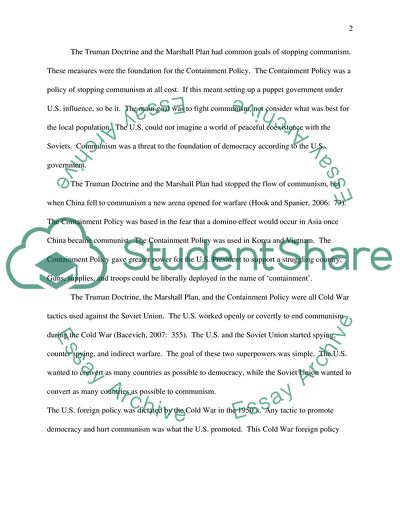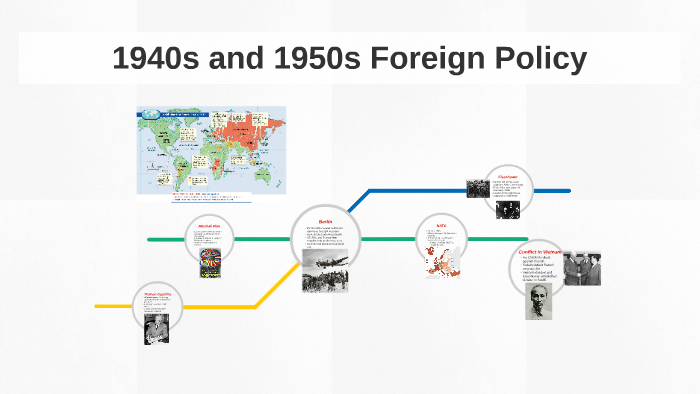
Foreign policy aspects of United States development of atomic energy (Documents ) United States policy regarding hemisphere defense, –; provision of armaments and military assistance to the american republics, and their participation in the Korean conflict (Documents ) US History. Search this site. Home. ALL EYES ON ME! CST Prep. Final Map Quiz. Grades are due this Friday! Grades! Grades?? UNIT TEST. APUSH. Beast-Mode! Blog. DBQ's. FRQ's. Handouts. Images. Links. Must Knows! Scroll all the way down for more information! 's Foreign Policy. s Foreign Policy. Comments. Sign in | Recent Introductory note. Beginning with the year , American Foreign Policy, a companion series to Foreign Relations of the United States, provides systematic coverage of the principal messages, addresses, statements, and reports made in a given period that indicate the scope, goals, and implementation of the foreign policy of the United States. Coverage for the six years beginning in
American Foreign Policy in the s | Isolated Solutions (Scholarly)
At the start of the Cold War, the Administration of Harry Truman operated under the strategy of containment. The operative idea was that the threat of communism was real, and that it should not be allowed to spread into countries where it had not already taken hold.
Later, he had not hesitated to commit U. forces to South Korea to defend that country in the Korean War. Dean Acheson guided Truman's policy as Secretary of State, and it took intellectual inspiration from George F.
Kennan's "Long Telegram". However, even with these actions, many accused Truman of being too complacent with the communist threat. They wanted not only containment but rollback. That is, they wanted to roll american foreign policy 1950s the advance of communism and reclaim as many nations as they could for the Western capitalist system.
This was the stance of the Republican platform inunder which Dwight Eisenhower was elected President. Eisenhower appointed two brothers, american foreign policy 1950s, both of them rollback advocates, to lead the State Department and the CIA.
John Foster Dulles served as American foreign policy 1950s of State, and Allen Dulles as Director of the CIA. They largely defined American foreign policy in the mids. Two countries clearly demonstrate the power of the rollback ideology -- Iran and Guatemala.
American foreign policy 1950s Iran, a left-leaning Prime Minister named Mohammad Mosaddegh had won election and in had nationalized the oil industry. This hit the Anglo-Iranian Oil Company AIOC, now known as American foreign policy 1950s Petroleum very hard, and that company began to agitate for a change in government.
Given that Iran shared a border with the Soviet Union, american foreign policy 1950s, the United States had its own concerns, and once Eisenhower and Dulles were in charge, the CIA began to plot a revolution. This was effected on August 19, with success and Iran became a pro-Western monarchy under leadership of the Shah.
The eventual aftershocks of this event were numerous, but at the time it was presented as the defense of Iran from a communist takeover. Closer to home, the actions of President Jacobo Arbenz of Guatemala were also disconcerting to the U, american foreign policy 1950s.
and seemed to portend a potential lurch to communism. Arbenz was elected President in and instituted a program of land reform, american foreign policy 1950s. This resulted in the loss of land for american foreign policy 1950s country's economic elites, and for foreign corporations. IT also seemed to portend more ominous developments, particularly to the United Fruit Company now Chiquitawhich was heavily invested in Guatemala. This powerful company was a strong advocate for U.
intervention in Guatemala. The Dulles brothers again supported a covert CIA operation to overthrow the government, this one occurring on June 18, Arbenz resigned nine days later, american foreign policy 1950s, and a former military officer named Carlos Castillo Armas became the new, right-leaning President. Vice President Richard Nixon visited Guatemala in and proclaimed, "This is the first instance in history where a Communist government has been replaced by a free one.
Neither of these countries, however, were ever led by communist leaders or a Communist Party. In fact, the American foreign policy 1950s resorted to a lot of behind-the-scenes propaganda and misinformation to spread this idea. In the Cold War environment of the s, the agency could then portray these preventative, pre-emptive coups as the actual rollback of communist influence.
For a brief time, the Dulles brothers' belief in rollback seemed vindicated. The idea of rolling back communism however loosely the term "communism" was used ran into its limits, however. In the Soviet Union invaded Hungary to reimpose a communist political order. Eisenhower's administration offered firm criticism, but no practical action to support Hungary.
It was simply infeasible to risk a broad war over the future of a country located behind the Iron Curtain. The idea that the Soviet Union could be quickly defeated began to lose its luster in the face of such events. Events in Cuba and Vietnam would further bury that idea in the s. Thus, reality eventually elevated containment to its place as the central U. policy in regards to communism. HOME CAMPAIGN TRAIL SURVIVE TRIVIA CONTACT US.
Containment vs. Rollback -- Foreign Policy in the early s The Iranian coup in Guatemala -- Behind the CIA's Coup. Related Topics Harry S.
TrumanDwight D. EisenhowerIron CurtainCold WarContainmentGeorge F. KennanCentral Intelligence AgencyJohn Foster DullesRollbackIranian american foreign policy 1950s d'étatGuatemalan coup d'état. Spread the Word. More American History USA Articles American History. Previous: Lesbian Pulp Fiction -- the s Phenomenon Next: Quotes of American History: Yogi Berra on Decisions. Previous: The Postwar Strike Wave of Next: Two and a Half October Surprises -- The Last Days of the Election.
Political History. Previous: Joseph McCarthy, and Other Facets of the s Red Scare Next: The Cuban Missile Crisis, an Ultimate Poker Game. George Washington and "Neutrality" in Party Politics. QUIZZES Which President Are You Most Similar To? RECENT ARTICLES The History of the United States, in 10, Words Joseph McCarthy, and Other Facets of the s Red Scare Did the Mayflower Go Off Course on Purpose?
And Other Questions The Fourteen Points, the League of Nations, and Wilson's Failed Idealism Jeanette Rankin, First Woman in Congress Anne Hutchinson and the Puritan Trials The National Woman Suffrage Association and the American Woman Suffrage Association Grover Cleveland, Mugwumps, and the Election POPULAR ARTICLES The Great Farm Depression of the s The "Cleveland Massacre" -- Standard Oil makes its First Attack Working and Voting -- Women in the s The Northwest Ordinance of and its Effects The Building of the Panama Canal The Great Mistake - Why Did the South Secede in ?
Yellow Journalism - Present and Past Chinatown's Sex Slaves - Human Trafficking and San Francisco's History Follow AmHistoryUSA SEARCH OUR SITE. All content © For informational purposes only. All rights reserved. Nothing on this site should be construed as financial, investment, health, or american foreign policy 1950s advice.
American Foreign Policy from 1920-1941
, time: 14:34's Foreign Policy - US History

These issues during the s are covered in Crucible of Power. As you read the assigned materials and watch the videos, think about the contradictions in United States foreign policy in this period and why they occurred. Starting with the fall of China and the Korean War, think about the major foreign policy issues and the American response They largely defined American foreign policy in the mids. Two countries clearly demonstrate the power of the rollback ideology -- Iran and Guatemala. In Iran, a left-leaning Prime Minister named Mohammad Mosaddegh had won election and in had nationalized the oil industry Introductory note. Beginning with the year , American Foreign Policy, a companion series to Foreign Relations of the United States, provides systematic coverage of the principal messages, addresses, statements, and reports made in a given period that indicate the scope, goals, and implementation of the foreign policy of the United States. Coverage for the six years beginning in
No comments:
Post a Comment